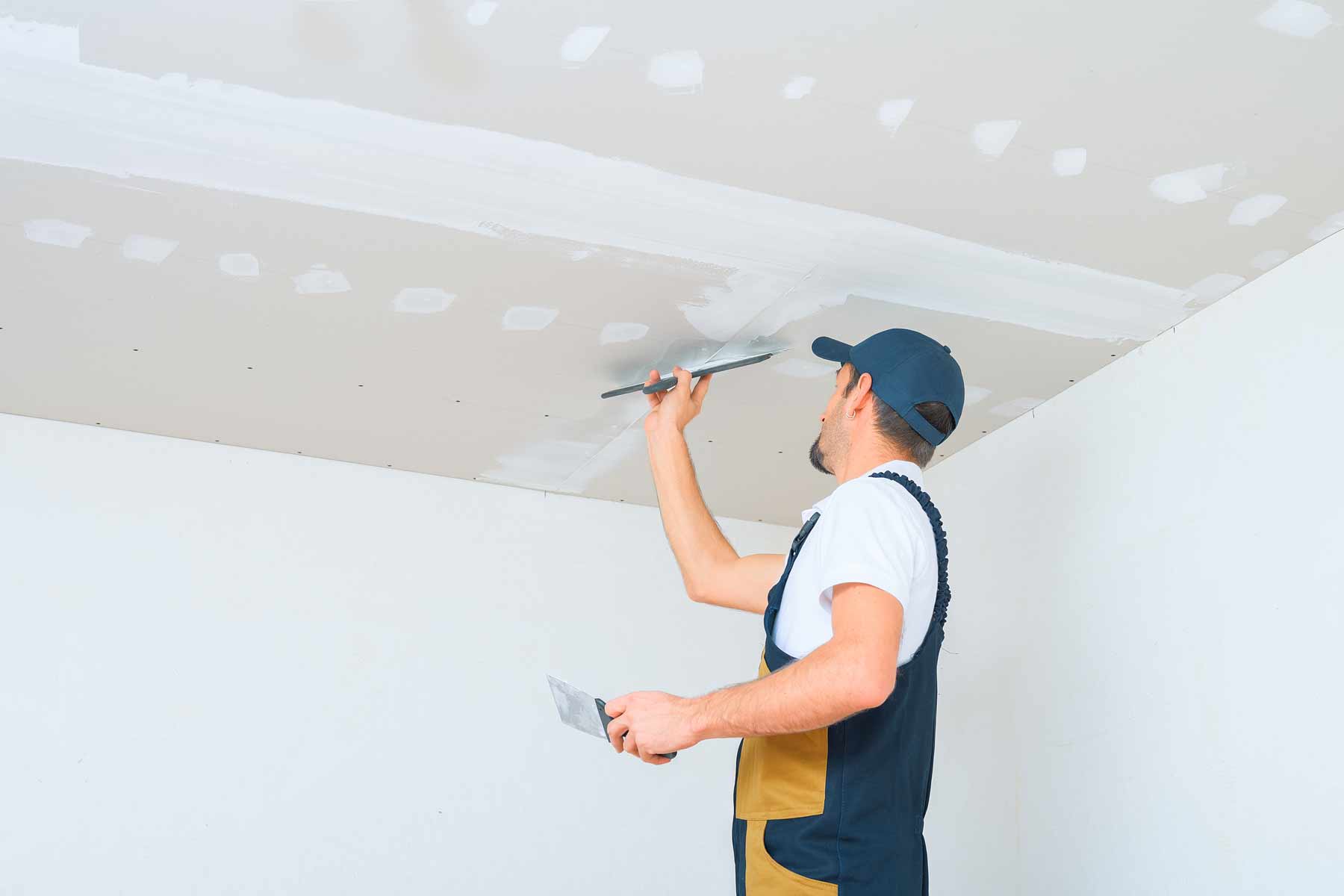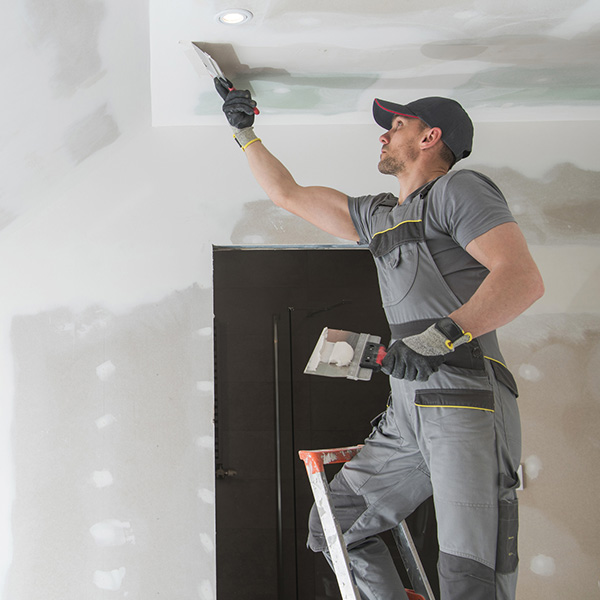Total Guide to Effective and Dependable Drywall Setup
Drywall setup is a critical component of any kind of building or improvement project, requiring a precise technique to make sure both performance and integrity. It is essential to discover the nuances of each step in the process, as they collectively add to the general success of the drywall setup.
Vital Devices for Drywalling
When embarking on a drywall setup project, having the right devices is important for achieving a specialist coating. Important devices consist of a drywall blade, tape procedure, and a T-square, which are essential for exact measurements and smooth cuts. A drywall lift is also very advantageous, especially for ceiling installations, permitting for much easier handling of heavy panels.
For securing the drywall, a cordless drill and drywall screws are needed. The drill ought to be geared up with a drywall little bit to guarantee performance and accuracy. Furthermore, a key tool is the drywall saw, which assists in reducing around electrical outlets and other challenges.

Additionally, protective gear such as shatterproof glass and a dirt mask are important to ensure personal safety during the installation process. Using the right tools not just enhances the top quality of the installation but also simplifies the process, making the task a lot more reliable total.
Preparing the Space

Following, analyze the problem of the ceilings and wall surfaces. Repair any type of existing damages, such as openings, fractures, or peeling paint, to make sure a smooth and even surface for drywall application. In addition, look for electrical outlets, plumbing lines, and cooling and heating ducts, marking their locations to prevent difficulties throughout installation.
It is additionally important to determine the area accurately, identifying the dimensions of the walls and ceilings to calculate the appropriate quantity of drywall needed. Develop an in-depth plan that consists of the format and alignment of the drywall panels.
Installment Strategies
Efficient setup techniques are important for attaining a professional surface in drywall projects. Correct dimension and cutting of drywall sheets are essential steps. Constantly measure the wall surface space accurately, permitting for any kind of switches or electrical outlets. Utilize an utility knife for tidy cuts, scoring the paper face and breaking the board along the scored line.
When hanging drywall, start from the leading and job downward, guaranteeing that the long edge of the board is perpendicular to the framework. Protect the sheets with screws rather than nails, which provide better holding power and lower the risk of standing out. Location screws every 12 inches along the edges and every 16 inches in the field of the board.
For corners, use corner grains to attain sharp, tidy sides. When setting up on ceilings, utilize a drywall lift or have a partner assist in holding the sheets in position (drywall installation). Preserve a gap of about 1/4 inch over the flooring and ceiling to fit growth and contraction
Ending Up Touches

When the tape is in place, it's time to internet use the very first layer of joint compound, likewise known as mud. Utilize a 10 more tips here to 12-inch taping knife to spread out the substance uniformly over the taped joints, feathering the edges to mix with the surrounding drywall.
Enable the substance to dry extensively, usually 24-hour. After drying, sand the surface area lightly with fine-grit sandpaper to get rid of any kind of flaws. drywall installation. Repeat the mudding and sanding process, generally 2 to three coats, making certain each layer is smooth and flush with the drywall surface area
Usual Errors to Stay Clear Of
Several Do it yourself fanatics encounter pitfalls during drywall installation that can compromise the final results. One common mistake is failing to properly reduce and gauge drywall sheets.
An additional constant mistake is inappropriate attachment. Utilizing as well few screws or nails can lead to loose drywall, while next page overdriving bolts can create the paper to tear, deteriorating the framework. It's vital to preserve consistent spacing, generally every 16 inches, and to ensure that fasteners are flush with the surface area.
Additionally, not attending to wetness issues prior to installation can result in mold development and architectural damage. Constantly evaluate the atmosphere and usage moisture-resistant drywall in high-humidity locations.
Final Thought
Reliable and reliable drywall installation requires careful focus to information throughout the procedure. Avoiding common errors additionally adds to a specialist result, underscoring the importance of precision and method in effective drywall tasks.
It is essential to explore the nuances of each step in the process, as they collectively contribute to the overall success of the drywall installation.When beginning on a drywall setup job, having the right tools is vital for attaining a specialist coating.For attaching the drywall, a cordless drill and drywall screws are needed.Effectively preparing the room is crucial for an effective drywall installment.Reliable installment methods are important for accomplishing an expert surface in drywall tasks.